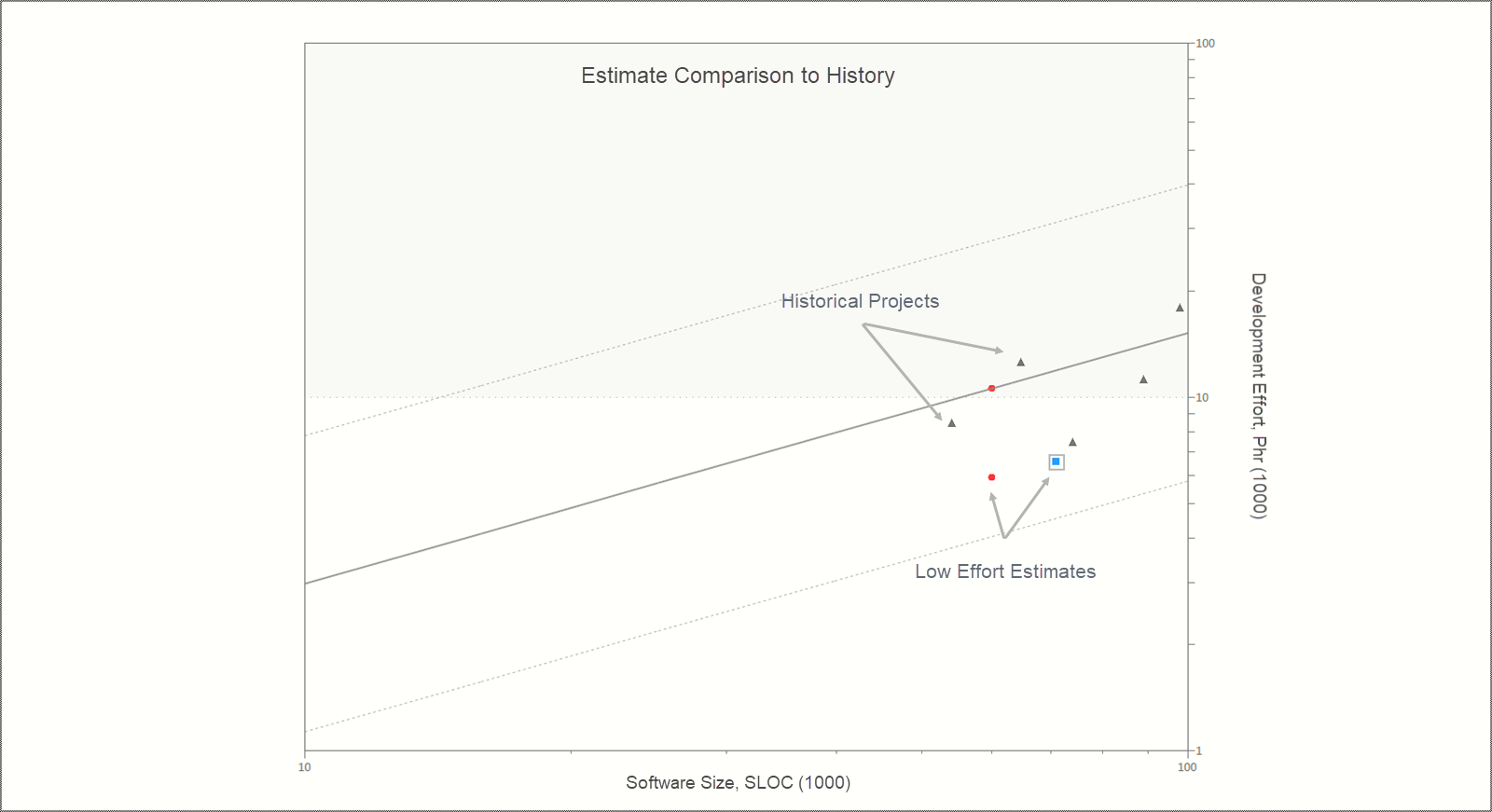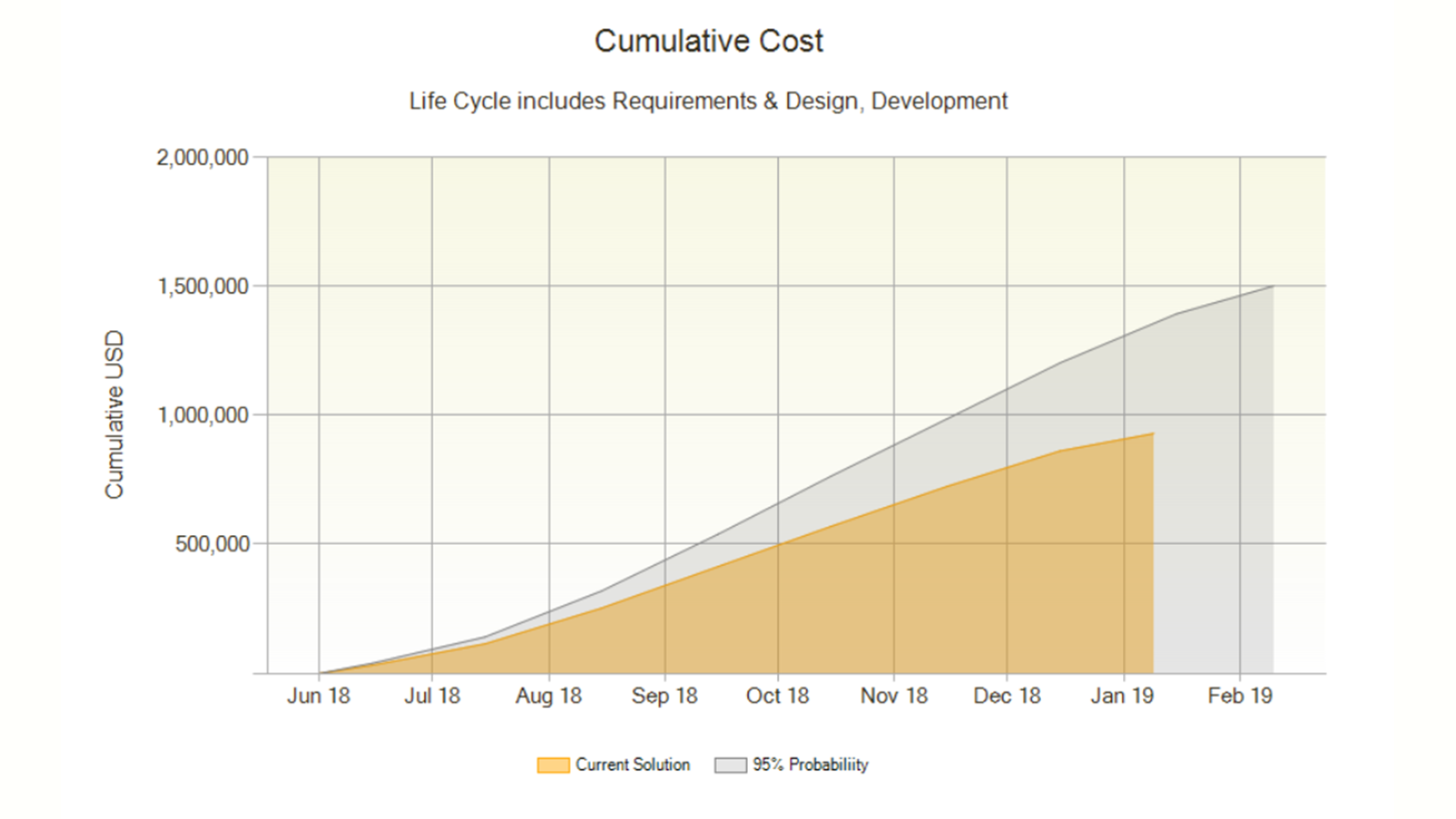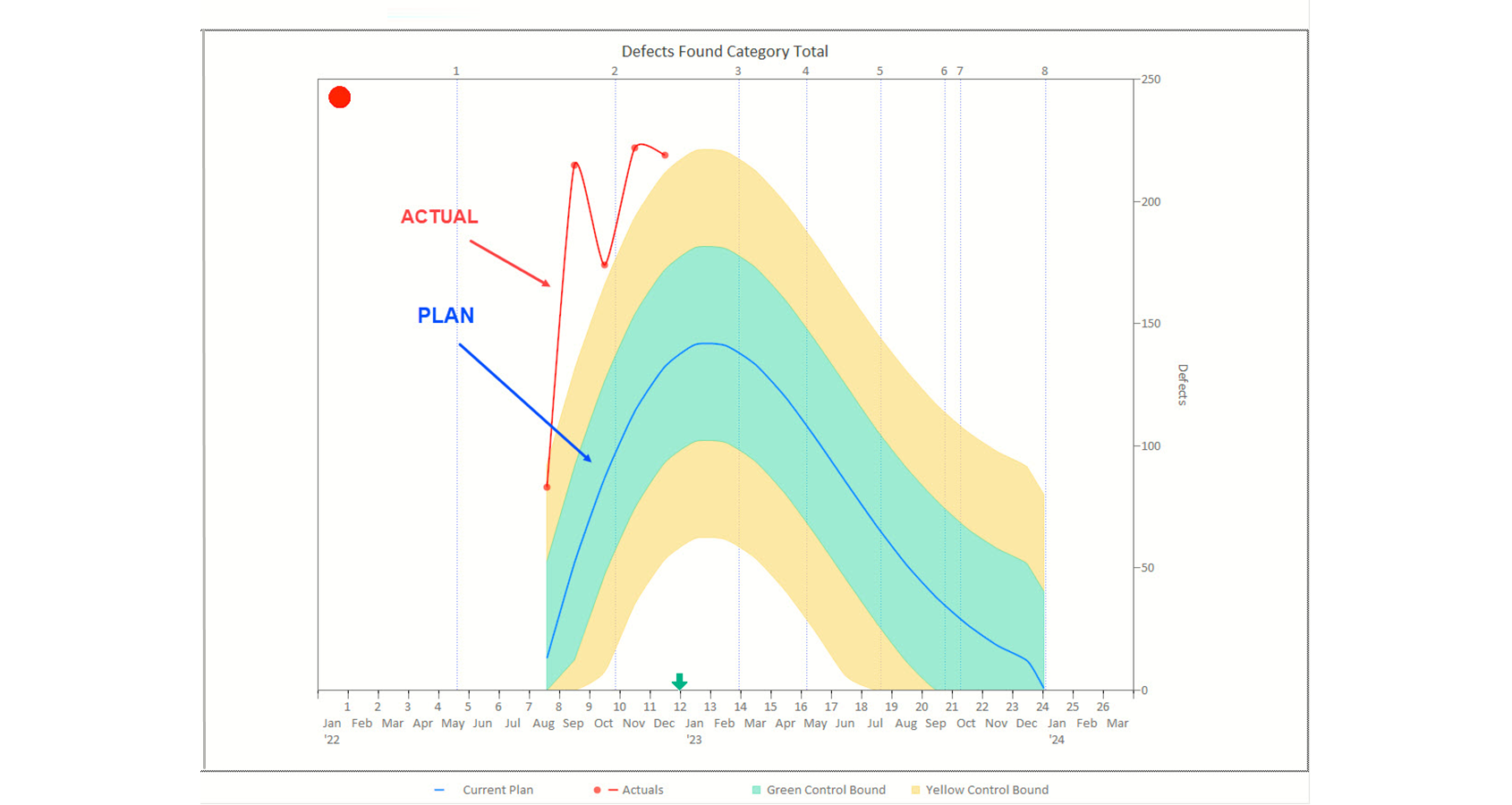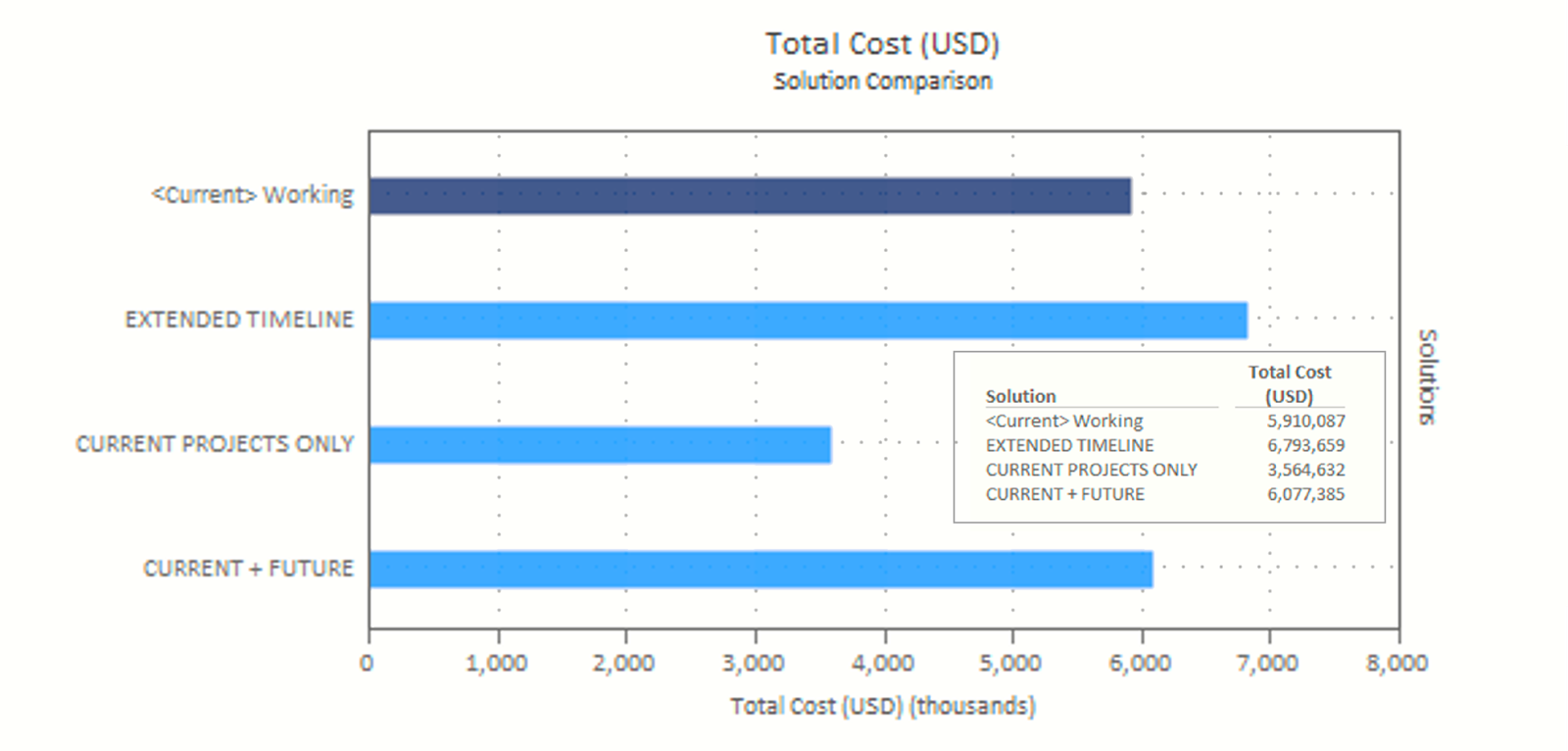
Political marketing was in full force a couple weeks ago. Whether watching a football game, the news, or a favorite TV show, it seemed every commercial break was filled with political ads—candidates trying to persuade voters and making promises about what they plan to accomplish in office. When a political candidate presents an agenda for their potential term, they often outline big plans and ambitious commitments. For instance, President John F. Kennedy’s famous pledge to land a man on the moon and return him safely to Earth was a bold promise—especially given that much of the required technology had yet to be invented. While such promises are inspiring, voters naturally want details about how these goals will be achieved. How much will they cost? How long will they take to implement? How much manpower will be required?
To evaluate these questions, politicians and their advisors rely on estimates to determine what resources are needed to deliver on their plans. Based on this analysis, campaign advisors can make informed recommendations on whether the plans are realistic and set expectations about what can realistically be accomplished within the term. Businesses developing new software applications go through a similar process to assess whether their efforts will truly benefit end users. The business side of the organization and stakeholders ask for estimates from the software team so they can make data-driven decisions about whether to proceed with development. Is the cost of creating the application worth the anticipated benefits? To answer that, they need a good estimate of what the project will cost, how long it will take, and what level of effort it will require.
Software projects inherently involve uncertainty, which poses risks in terms of unexpected costs, delays, or the need for additional resources to complete the intended functionality. An important part of project estimation is leveraging historical data to provide a baseline estimate, especially for tasks or applications the organization has previously handled. By analyzing historical data, organizations can make more accurate predictions about the cost, schedule, and effort required to achieve their objectives.
Key Information Needed for Generating a Software Project Estimate
When generating an estimate, several pieces of information are crucial for accuracy. Here are some of the main factors that are considered:
- Total Size and Scope: Think of this in terms of building a house. To estimate the cost, you’d want to know the square footage of the rooms. In software, similar quantifiable metrics can be used, such as requirements, use cases, Agile measures like epics, features, and stories. Essentially, any measurable aspect of the project can contribute to determining its size and scope.
- Duration: Estimating how long the project will take is critical. In an Agile environment, this can be straightforward since sprints typically have fixed durations, usually between 2 and 4 weeks.
- Staffing: The number of people involved in the project affects both cost and timeline. In Agile development, fixed teams are often used from start to finish, making it easier to account for staffing in estimates.
- Methodology: Whether the project will use Agile, traditional Waterfall, or a hybrid methodology can impact the schedule and cost, so knowing the approach is essential for accurate estimation.
- Effort: The estimated number of hours needed to complete the project also plays a significant role in calculating overall cost and feasibility.
Benefits of a Software Estimation Tool
QSM’s SLIM-Estimate® is an empirically based estimation tool that uses a model-based approach, leveraging both historical and industry data to generate estimates for cost, schedule, and effort. With SLIM, generating an estimate becomes simpler, as it requires only minimal initial information. Many clients find that what previously took them weeks now takes only a few days when using SLIM’s top-down approach.
We recommend a three-point estimation approach, offering stakeholders a range of potential outcomes that includes an optimistic scenario, a pessimistic scenario, and the most likely scenario. The SLIM model also supports cost and schedule reserve analysis to help manage risks associated with project uncertainty. This approach accounts for unknown factors by building in a buffer for possible scope creep, lower-than-expected productivity, or unexpected technical challenges that could slow down the team’s progress. SLIM can provide a straightforward, fixed-percentage reserve or use target probability contingency with Monte Carlo simulations. This allows users to adjust confidence sliders to generate a range of potential outcomes, displayed on probability charts and reports.
Leveraging Historical Data
Incorporating historical data into your estimates is invaluable. By examining similar past projects, estimators can create realistic predictions for cost, schedule, and effort. SLIM-Estimate uses historical data to calibrate and validate estimates, enabling users to "train" the model based on previous projects with similar characteristics. This calibration provides forecasts grounded in past performance and productivity. Historical data also serves as a sanity check to ensure that your current project estimates align with previous outcomes. For organizations that don’t have historical data, SLIM offers access to QSM’s industry database of over 14,500 completed software projects. This database allows users to graphically compare their estimates against industry benchmarks, adding confidence to the analysis.

Risk Management and Reserve Analysis
Another valuable feature in SLIM-Estimate is the ability to incorporate reserve analysis, which provides a buffer against unforeseen circumstances. In politics, having a reserve plan is essential to deliver on campaign promises when unexpected obstacles arise. Similarly, in software development, reserve analysis allows project teams to account for potential risks that could increase costs or extend the timeline.

Reliability Model for Predicting Defects
SLIM includes a reliability model that predicts the likelihood of defects, which helps determine how stable the software will be when it goes live. This model uses the Rayleigh function to forecast the rate of defect discovery throughout the development process, based on factors such as project size, productivity, and staffing. By identifying potential reliability issues early, teams can focus on delivering a high-quality product that meets customer expectations and builds loyalty.

What-If and Alternatives Analysis
Once an estimate has been generated, the business side and software group can discuss its feasibility. If the estimate suggests the project may exceed the available budget or timeline, SLIM’s what-if and alternatives analysis features allow teams to explore other options. For example, they might consider adding more staff, reducing the scope, or delaying delivery to increase the likelihood of success.
SLIM’s what-if analysis enables users to create various scenarios, each outlining different aspects such as schedule release plans, staffing and resource needs, cash flow and cumulative costs, and probability profiles for achieving goals. Building multiple scenarios helps stakeholders make informed decisions that maximize the chance of delivering the project on time and within budget.

Base Promises on Realistic Estimates
Developing a reliable estimate helps project teams identify unknowns, which represent risks to the plan. Tools like SLIM-Estimate provide a structured way to generate these estimates, allowing teams to set realistic expectations and avoid agreeing to unrealistic costs or schedules. Prioritizing achievable costs and schedules over ambitious targets can make the difference between a successful project and a failed one. Whether in software development or political promises, the objective remains the same: deliver on time, stay within budget, and fulfill the commitments made to stakeholders or voters.
